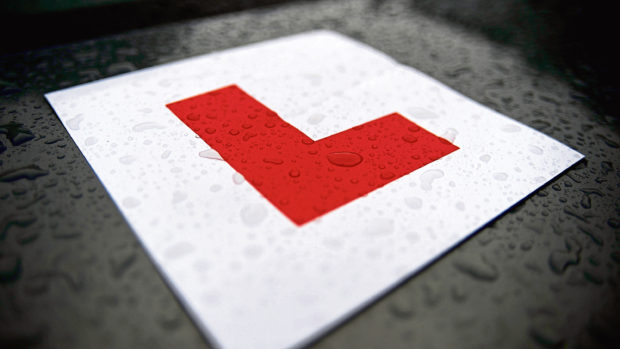The cost of getting a young driver out on the road is more than £6,000, despite prices having fallen consistently since 2012.
The combined cost of a new young motorist learning to drive as well as buying, taxing and insuring their first car has fallen by £775 in the last year, dropping from £6,846 to £6,071.
This drop in cost is largely attributed to new drivers spending less on their first car – down to £3,562 on average compared with £4,276 in 2018 – as well as the average insurance policy for a 17-year-old driver falling from £1,852 in 2018 to £1,737 in 2019.
Lee Griffin, GoCompare founder and chief executive, the company behind the research, said: “At around £6,000 the cost of getting a new driver on the road is a substantial drain on teenagers’ and their family’s finances.
“Although buying the first car still accounts for the majority of the initial expense, the first car insurance premium can also cost into the thousands. Hence why so many parents are dipping into their own pockets to help their children out.
“However, the surprising good news is that the cost of insurance for new drivers has fallen substantially since 2012 as the average premium is nearly half what it was eight years ago.
The introduction of telematics or ‘black box’ style insurance which utilises the latest technology to monitor drivers and reward safer driving has undoubtedly helped to lower costs.”
Analysis of over 2.3 million car insurance quotes generated by young drivers has also revealed that the average lowest car insurance premium has fallen by nearly 50% from £3,392 in 2012 to £1,737 in 2019.
Meanwhile, new car sales in Scotland fell by nearly 15% last month compared to February 2019. Across Scotland, 5,271 new cars were sold, down from 6,183 in the same month last year.
Ford was the best selling make, with the Fiesta Scotland’s best selling car. Volkswagen was the second most popular marque.
